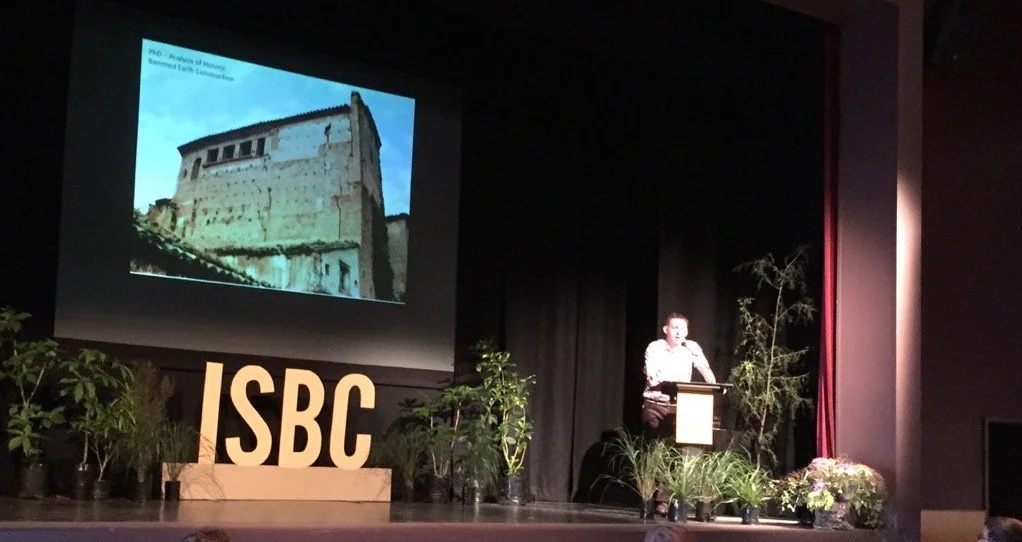I've just returned from the amazing International Straw Bale Conference 2016, in Methven, a ski resort on the South Island of New Zealand. The conference brought together enthusiasts for Straw bale and earthen building. Here are 10 things I learned:
1. 20% of the participants were international, and 80% Kiwi. This is great for New Zealand sustainable building, but also great to see so many people willing to travel to talk about straw bale building. We were very privileged to hear some amazing speakers from Europe, North and South America.
2. The mix of participants was fantastic. Straw bale building events can be predominantly tree hugging hippies, but that wasn't really the case. The participants included from property developers, building officials, architects, engineers, product sellers, as well as students and academics.
3. It was great to see mainstream product manufacturers exhibiting. Rockcote, Terra Lana and BBS Timbers are definitely suppliers to the general construction industry and show that straw and earth building are entering the mainstream.
4. There is a superb resource of 'Old Guard' practitioners, who have been doing this since the 1970s. These experts have so much experience to offer and it's so great to learn from them and not reinvent the wheel.
5. I talked about innovation, and it's great to see so many different types of earth and straw building, all in one place, and from practitioners from all over the world. There are many ways to work with earth and straw, and we should find the best solution for the situation.
6. The things we talked about are the same things which were talked about 30 years ago.
7. There is a wide range of projects, of varying sizes and each with its unique set of challenges. What the walls of the building are made of is a reasonably small part of the overall project.
8. Cohousing communities such as LILAC in Leeds and Earthsong in Auckland are good, and great for the people in the community. But I don't feel they will necessarily take straw and earth building into the mainstream, and a slightly different, perhaps developer led financial model might be necessary to take natural building into the mainstream.
9. The group of people attending the conference are predisposed to loving straw, and given the chance would live in a straw or earth house. The rest of the world, would, given the chance, live in a 'Sustainable' home. We can make these sustainable homes. This applies especially in the developed world to the baby boom generation who are retiring and downsizing, and to the Millennials and Generation Y who are the new home buyers.
10. There are regulatory hurdles. These Building Code regulations exist for good reason, and we must meet them with natural building materials. Meeting the standards can be a tough hurdle, but using experience gained on previous projects makes this progressively easier.
A massive thanks to Min Hall and the organising team, and to the army of helpers during the conference.
I gave presentations about Innovation and about Standards, and 5 minutes about the science of liquid bridges which you can download below.
Innovation in Earth Building PDF










